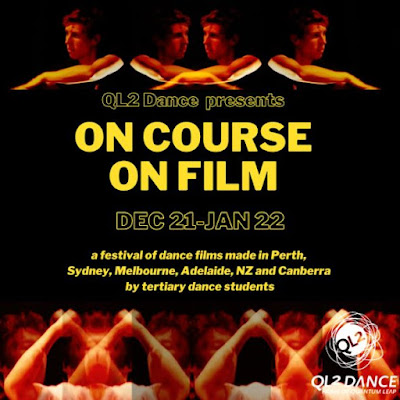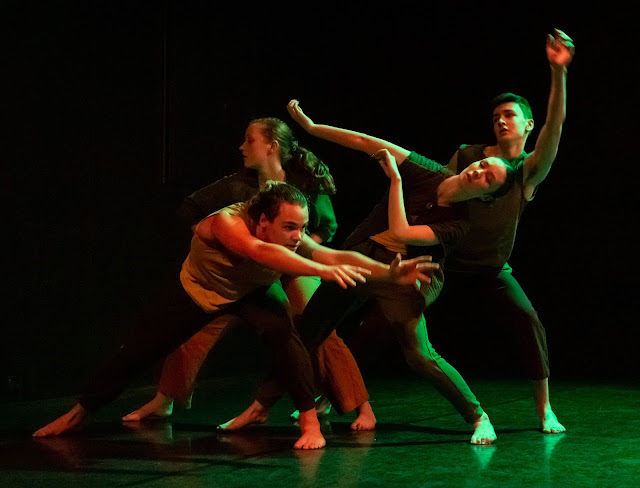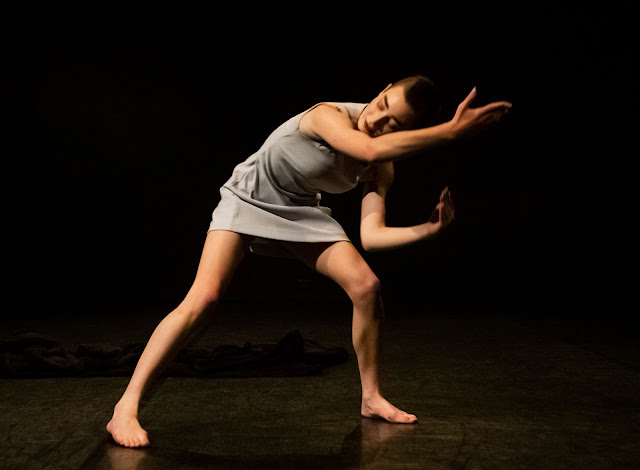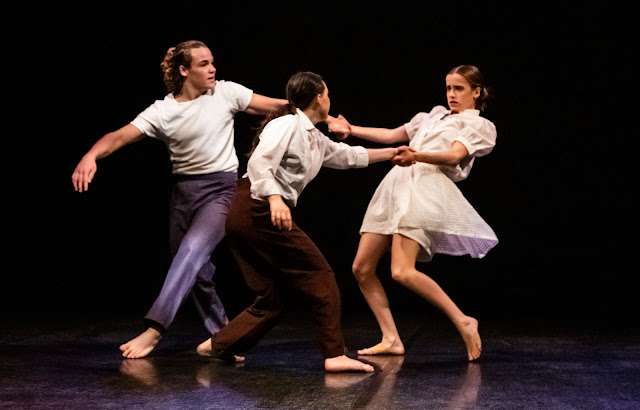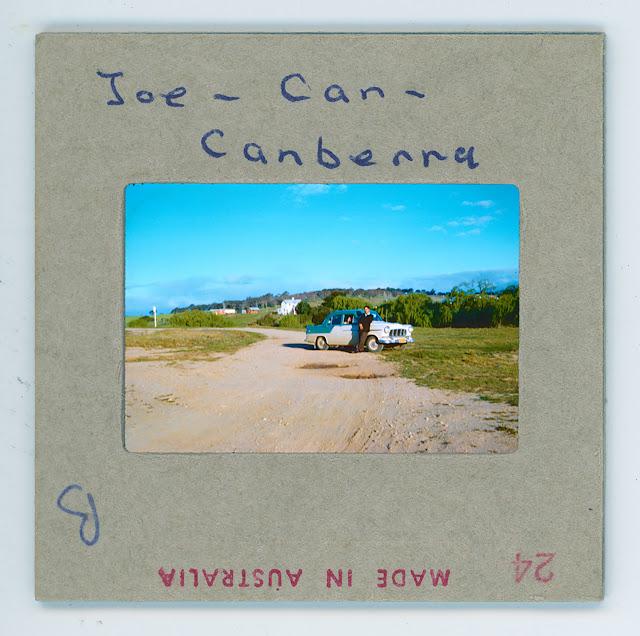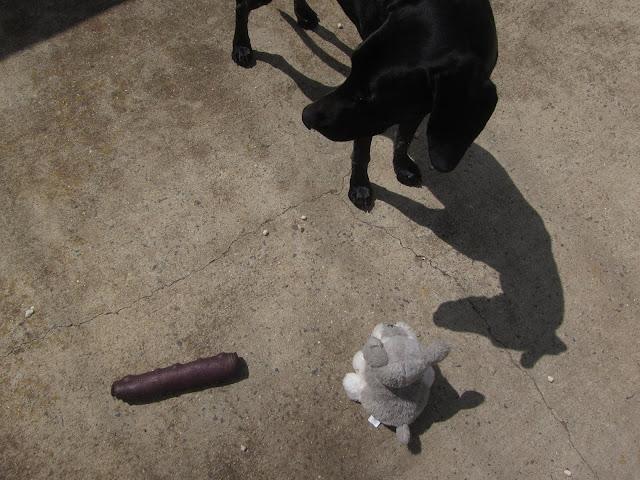Mentors: Ruth Osborne
& Sara Black
Streaming online via
QL2 Dance Website
www.ql2.org.au until 31
January 2022
Reviewed by Len Power
29 December 2021
QL2 Dance’s annual ‘On Course’ project has always been a
great opportunity to observe young dance artists in development. Alumni who are currently in full time study
at universities around Australia and New Zealand usually come together in
Canberra at this time to choreograph, collaborate and perform new short works.
However, again this year due to Covid, ‘On Course’ has been presented as ‘On Course On Film’, a festival of dance films made in Perth, Sydney, Melbourne, Adelaide, NZ and Canberra by tertiary dance students. They have created 7 short dance films this year.
Choreographers who submitted films were Caroline De Wan, Christopher Wade, Gabriel Sinclair, Patricia Hayes-Cavanagh, Phillipa Keogh, Otto Kosok and Ruby Ballantyne.
The standout performance this year was ‘Polarity (People Are Tricky)’. It was directed and choreographed by Christopher Wade and danced by Wade, Rachelle Silsby and Liam Berg. With well-chosen background scenes in Sydney, the concept was clearly realized through the choreography. It was attractively and skilfully performed by all three dancers. Dance was quite rightly the dominant feature here but it was also skilfully filmed and edited with a good eye to location and background. The choice of music was also excellent.
Gabriel Sinclair’s ‘Self Portrait’ had a strong second half where the dance and emotion of the piece came through strongly.
There was little to inspire or enjoy in the other films. Too much emphasis was given to filmic tricks at the expense of dance. The stated concepts for the films were not evident in the finished product and, in many cases, there was no actual dance to enjoy.
I understand that making film is not usually the choreographer’s main focus and that current circumstances have made it the only option to showcase their work this year. Hopefully, ‘On Course’ can get back to normal next year so that we can see and judge the choreographic works live.
‘On Course On Film’ is accessible free via live streaming until 31 January 2022. Details and tickets are available through QL2’s website.
Len Power's reviews
are also broadcast on Artsound FM 92.7 in the ‘Arts Cafe’ and ‘Arts About’
programs and published in his blog 'Just Power Writing' at https://justpowerwriting.blogspot.com/.
